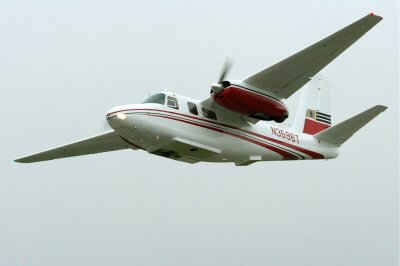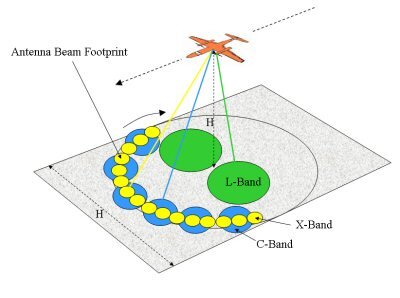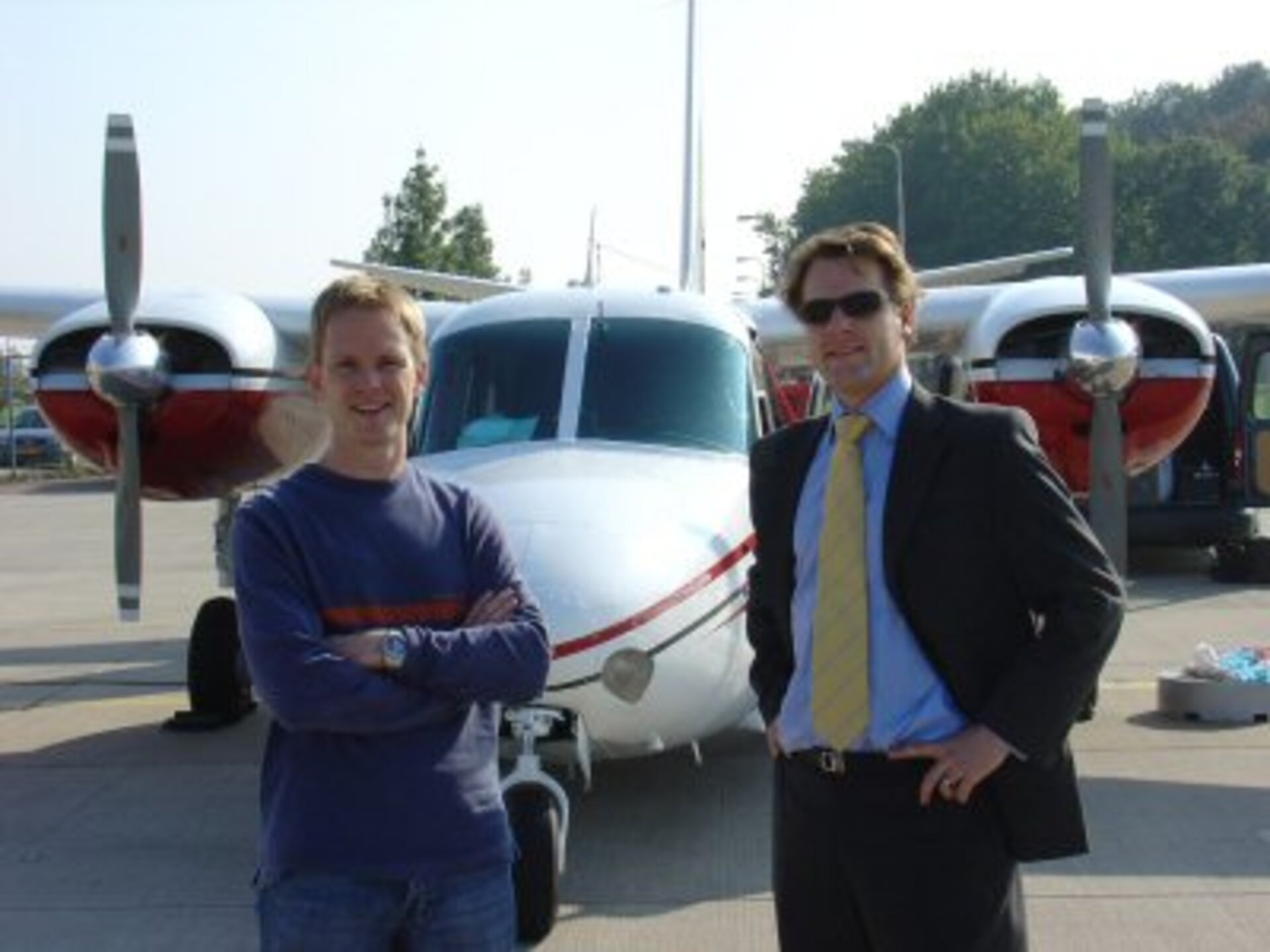Incubating business through space technology
Urban myth has it that the most useful things brought for people on Earth by man’s conquest of space are Teflon-coated non-stick frying pans and Velcro fasteners.
However, not only is this untrue (the first frying pan was coated with Teflon by a Finnish company in 1960, one year before the first man in space, and Velcro was invented by a Swiss engineer in 1948 who was annoyed by picking burs out of his dog’s fur after taking him for a walk in the woods) but this also misleadingly diminishes the importance that space technology has for our modern life. Little do we realise that space technology has already invaded almost every area of our daily life and is even shaping our economy, because little consideration is given to the fact that space technology aids and encourages innovative business ideas. More progressive entrepreneurs are taking advantage of the knowledge of space-based technologies and services by transferring this expertise to the non-space market. To foster this specific business sector as well as the European economy, ESA set up three ‘incubators’ in the Netherlands, Germany and Italy, under the coordination of its Technology Transfer and Programme Office.

An ‘incubator’ is a team of ESA staff and consultants are helping start-up companies to go from a business idea, which uses space technologies, systems or processes, to actually developing a sustainable and successful commercial organisation – and this requires much more than just a license to use a certain space technology.
From idea to implementation
“We want to assist entrepreneurs with innovative ideas to lift their project off the ground,” says Frank M. Salzgeber, acting Head of ESA’s Technology Transfer Programme Office (TTP). “We are offering our technical and business development expertise to get their new business going.” The first incubator was launched in 2004 at ESA’s European Space Technology and Research Centre (ESTEC) in the Netherlands. This incubator was funded half by ESA and half by the Dutch government, and supports the potential start-up companies financially – in cash as well as in kind, by offering them use of ESA facilities and expertise. But this ‘spark funding’ is not the main factor of making business incubation successful.

All ESA incubators combine the knowledge of ESA with lessons learned from former ‘incubatees’, a well-established connection to regional businesses and an embedding of the incubator within a pan-European business incubator network in order to create an ideal environment for start-up businesses to make use of different sets of skills, and to learn and thrive.
“Bridging the gap from identifying a business opportunity to actual implementation is a long journey,” says Salzgeber, as most future entrepreneurs come unprepared. “Lots of firms come with a great, innovative idea, but lack business development, financial and general management capabilities. We offer a network of professionals that can add the skills the incubatee firm lacks.” The ESA incubators guide and support their incubatees for up to two years through the foundation of the company through the early growing stage to prepare them to be able to persist in the rough world of the free market. The concept works – to date, the ESTEC incubator supported 16 incubatees, and helped to create 10 successful companies.
Business incubators at ESA
The model of business incubation at ESA flourished and two more incubators were created: in 2005 at ESA’s ESRIN site in Frascati near Rome, and in 2006 at ESOC in Darmstadt, Germany. “The principle of the incubation process stays the same and all three incubation centres share a common approach,” explains Alberto Tobias, Head of ESA’s Software, Systems and Synthesis Department. “But the emphasis on the type of businesses incubated differs slightly, depending on the nature of the ESA sites. In ESTEC, ESA’s technology hub, we see a large variety of start-ups ranging from satellites applications to technology transfer whereas at ESOC we may anticipate a focus primarily aimed at satellite applications such as Galileo, the new global satellite navigation system operated by Europe which is due to enter service in the 2010 timeframe.”
Innovative business with space technology

An example of a successful ESA incubated business is MIRAMAP, developed in the ESTEC incubator. The company uses technology that was originally developed to observe certain parameters on Earth from space, in particular monitoring land and water surfaces from a plane. The technology used is called Airborne Passive Microwave Radiometry (APMR). It can produce very detailed, geo-referenced maps showing the soil moisture variation at a surface and the depth of a shallow water table down to several metres.
MIRAMAP won several contracts, among others one with the Dutch Ministry of Traffic and Water Management to monitor the moisture content of Dutch water barriers to detect weak spots on time and thus allow the government to stabilise the dike system.
A currently incubated company is DiSAPS, which wants to use high-end satellite navigation to develop an intricate precision positioning system for the blind and visually impaired.
For more information, please refer to the following websites:
www. miramap.nl
www.sisaps.com


